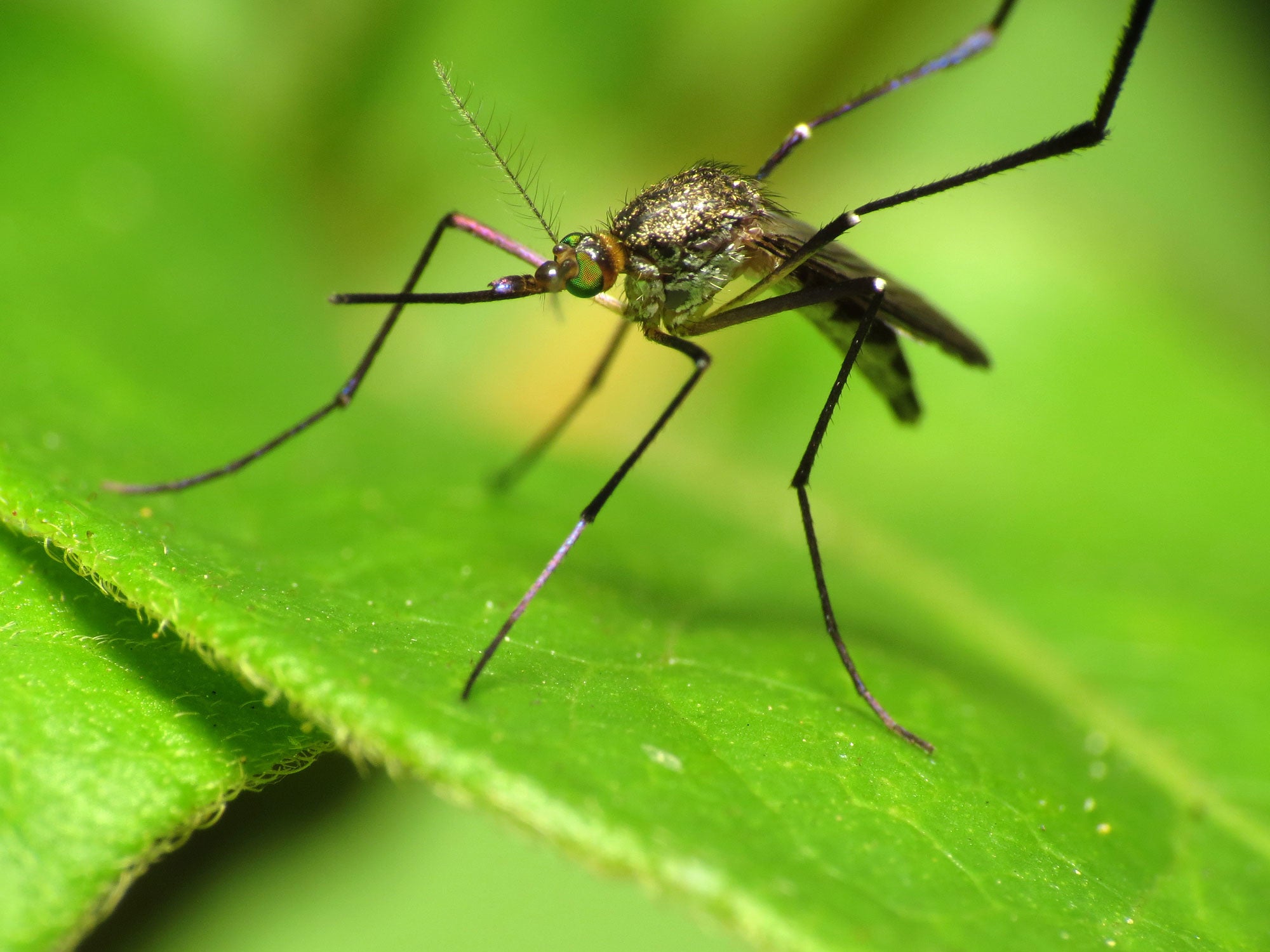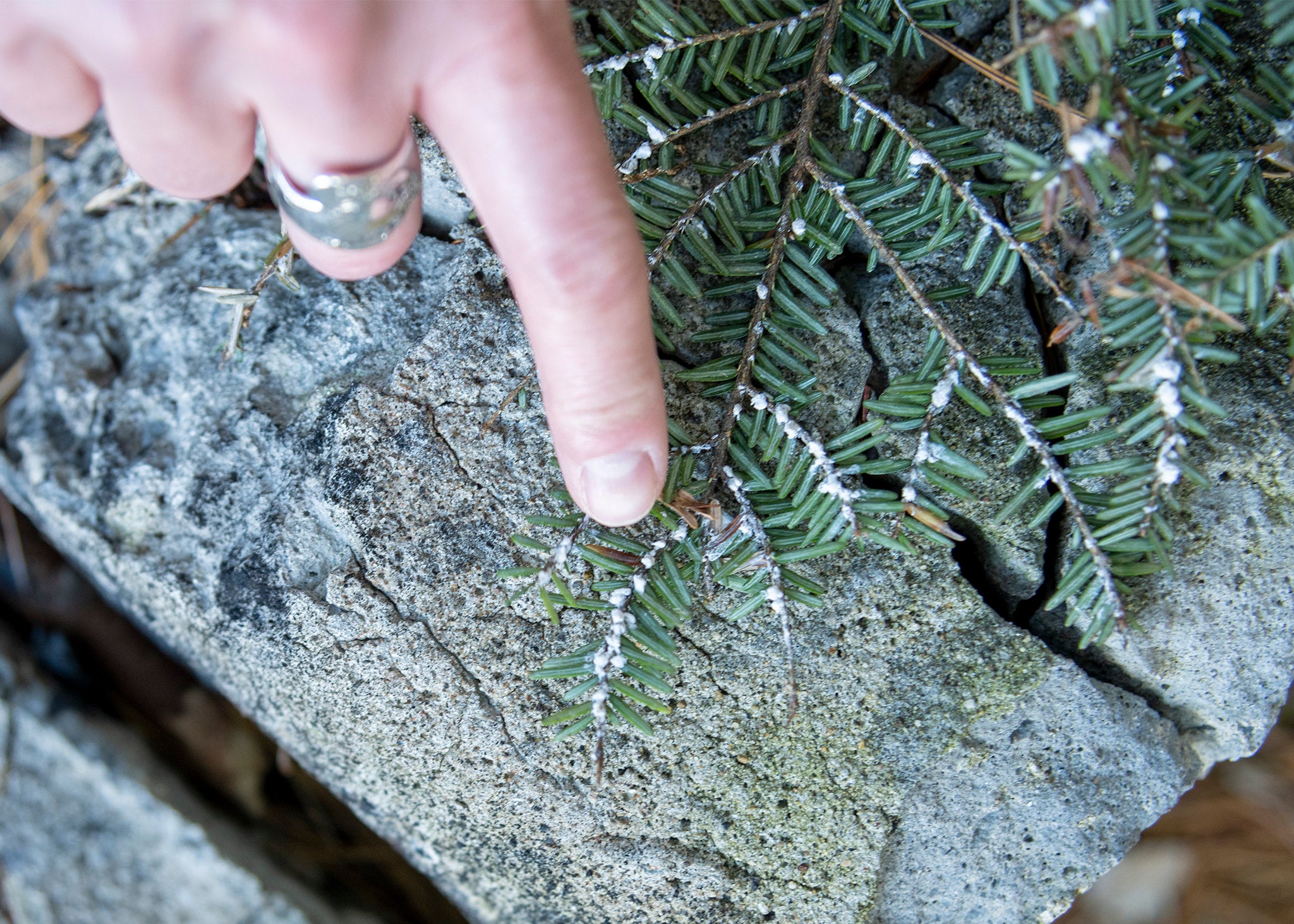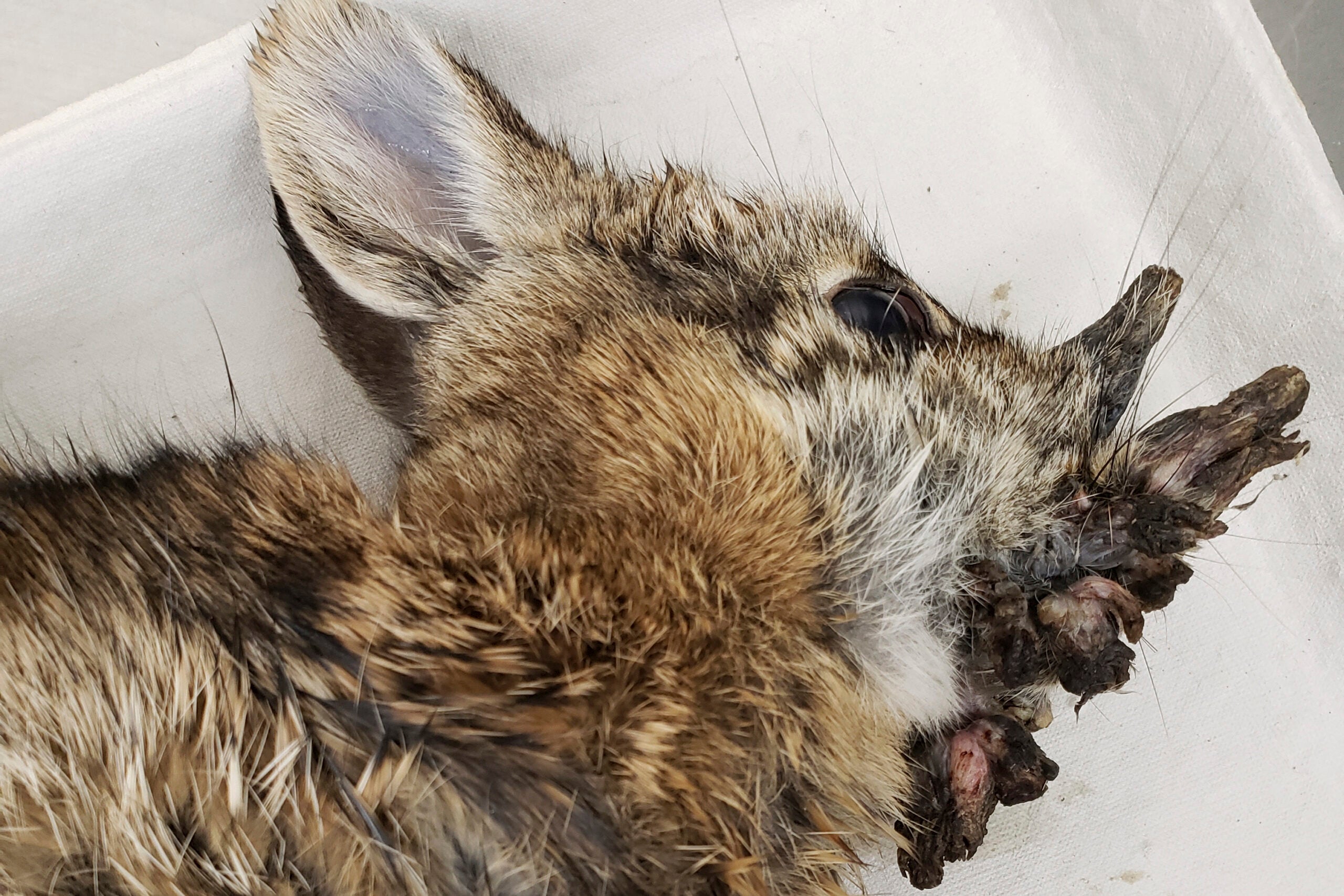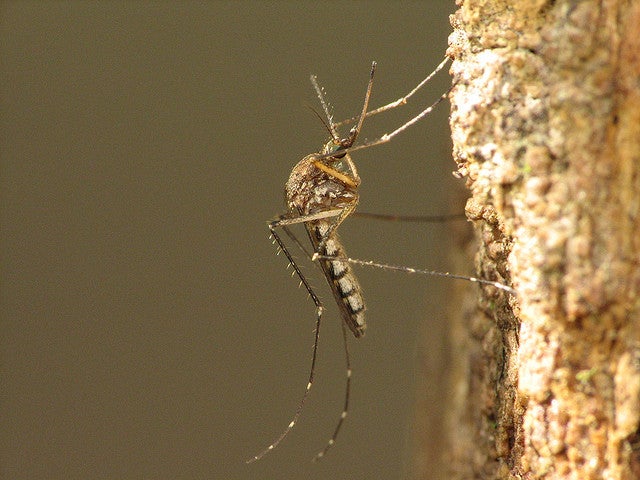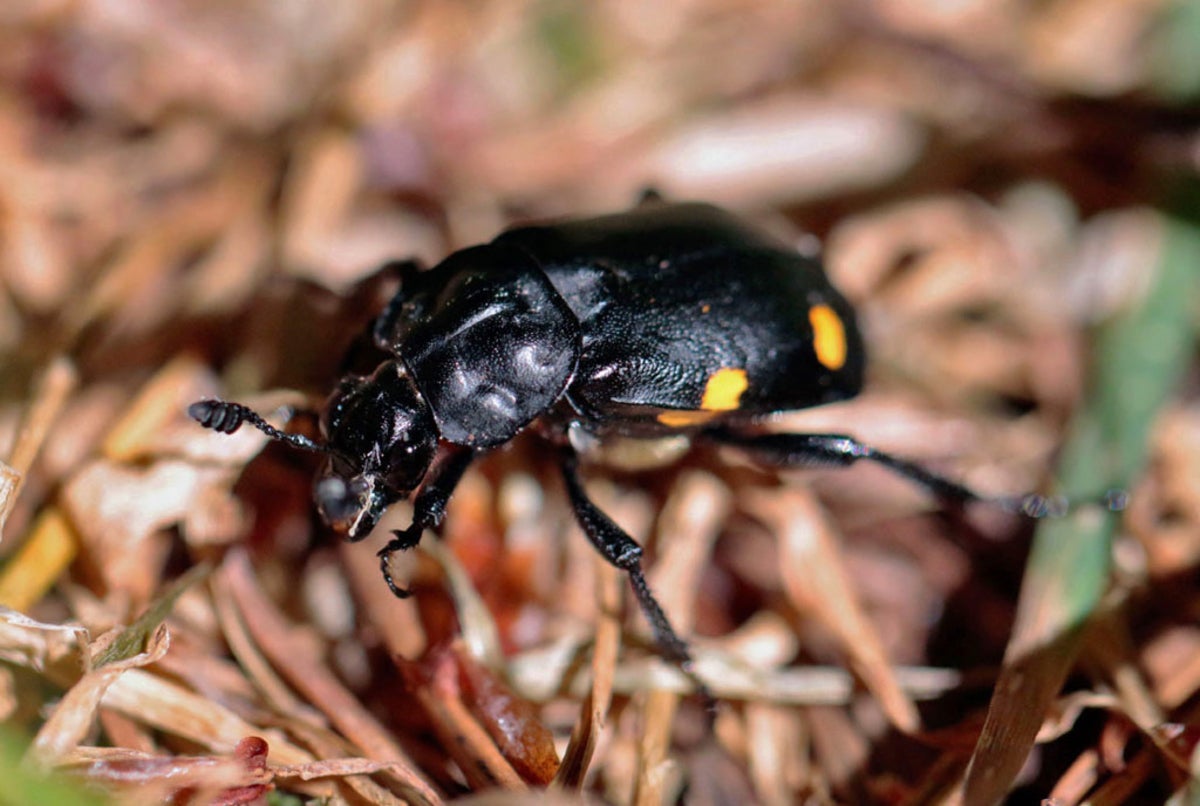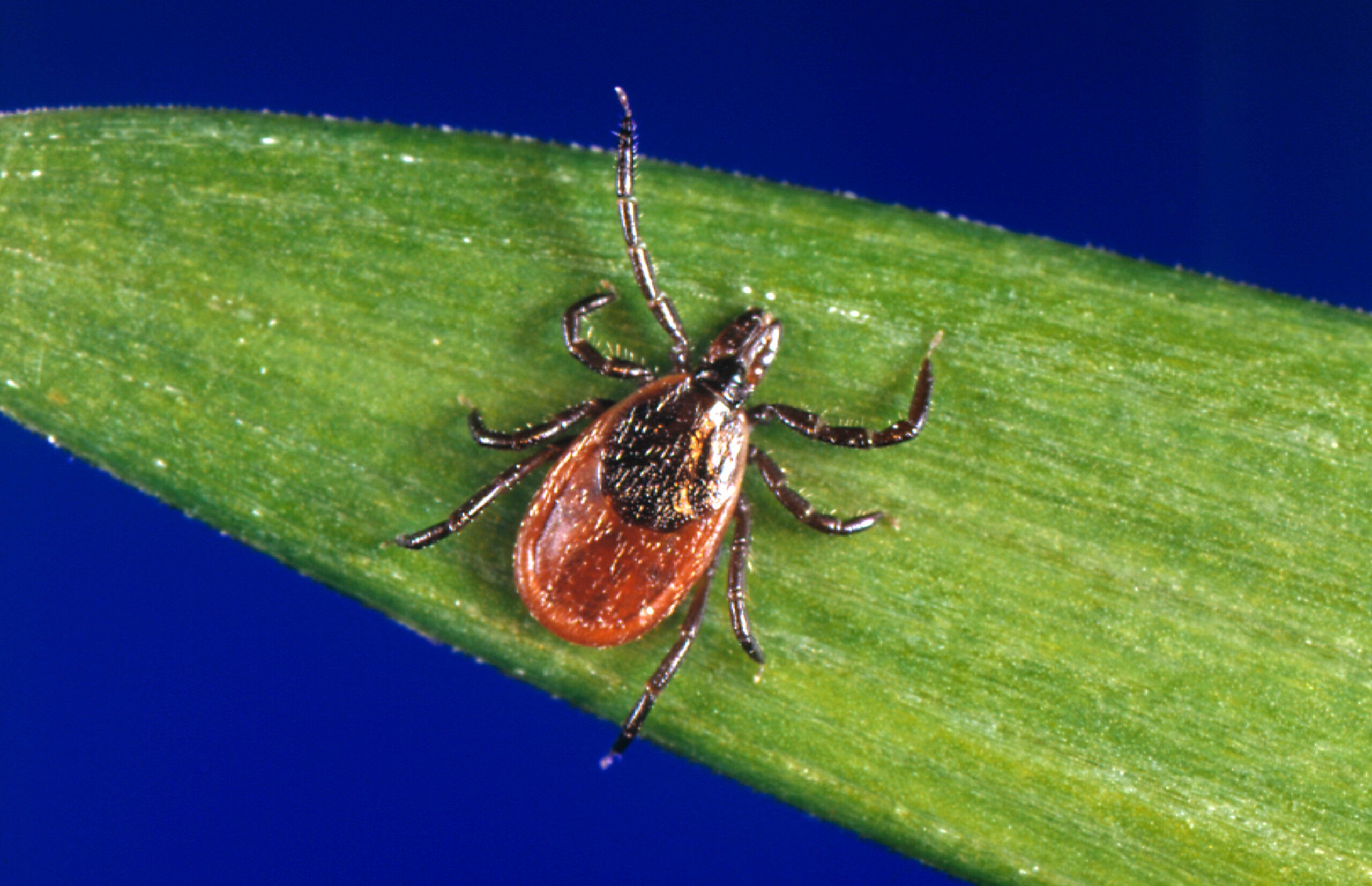Can you see the 17-year cicadas in the Midwest? What’s with all the black flies? How can you protect yourself against ticks? What will this year be like for mosquitoes?
PJ Liesch — the “Wisconsin Bug Guy” and director of the University of Wisconsin-Madison Insect Diagnostic Lab — told us what insects are emerging this time of year in Wisconsin.
Cicadas: Some Now, More Later
News with a little more humanity
WPR’s “Wisconsin Today” newsletter keeps you connected to the state you love without feeling overwhelmed. No paywall. No agenda. No corporate filter.
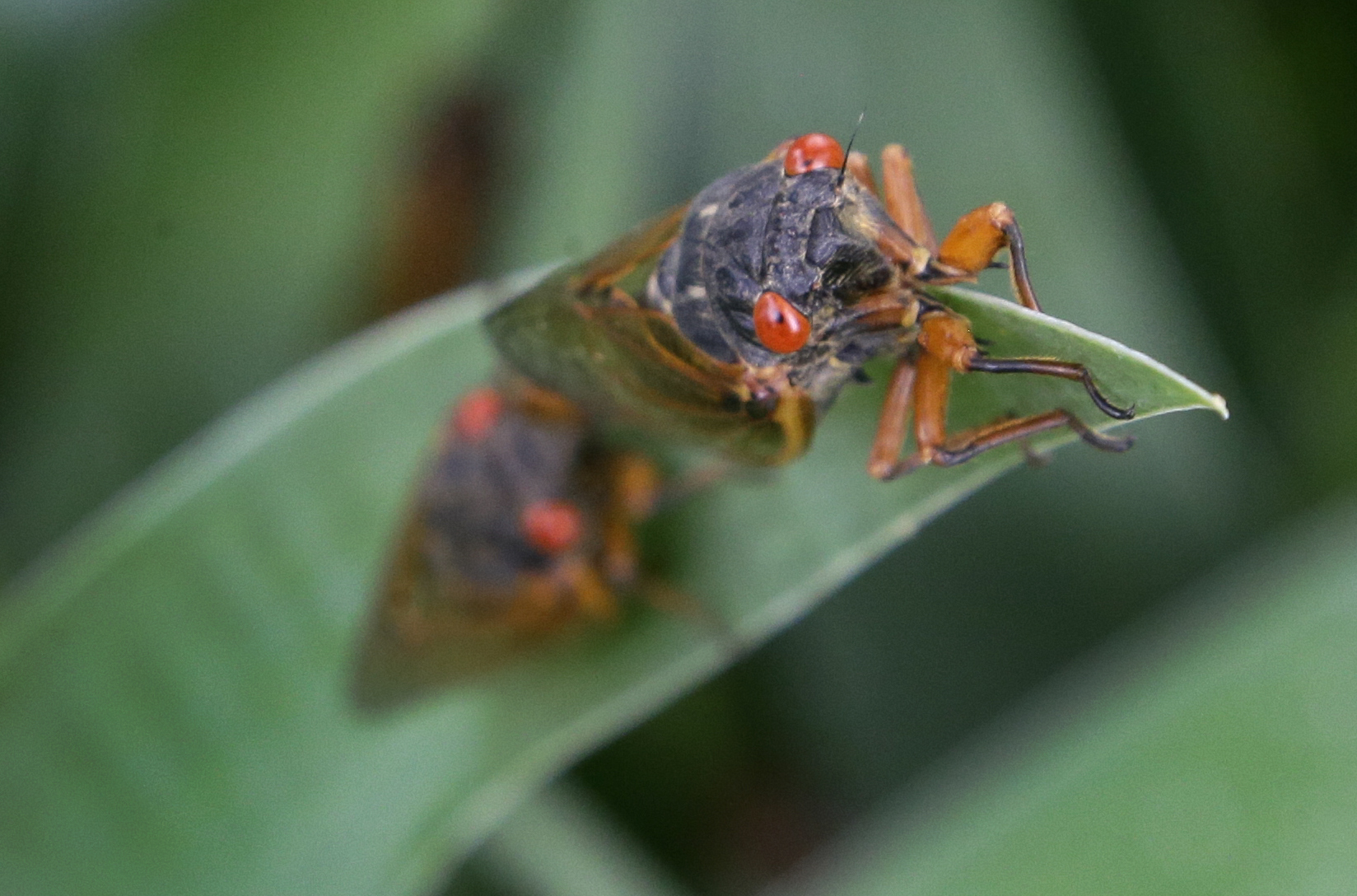
We’ve been hearing a lot of stories about the 17-year cicadas or “periodical cicadas,” meaning they come out at these very big, long intervals. This year’s particular group — or “brood” — is referred to as Bbrood X, Liesch said.
“We won’t see them here in Wisconsin. Although, you don’t necessarily have to travel that far if you really wanted to see them,” Liesch said. “Parts of the Midwest, like Indiana, will have lots of activity and even parts of east-central Illinois will see some of this brood.”
Wisconsin’s brood — Brood XIII — is the brood we’ll see in parts of southern Wisconsin in 2024. They were last out in 2007. Liesch recommended traveling to the Lake Geneva area when this brood emerges.
Leisch assured, we’ll still see and hear plenty of our typical “dog day” cicadas during the warmer days of summer.
“We have a bunch of different species in Wisconsin that pop out in those really warm days of summer, during July and August. Another thing that can happen is there are sometimes individuals that pop out of sync, which we refer to as ‘stragglers’ because they don’t keep up with the rest of the group,” said Liesch.
So while Wisconsin’s big cicada emergence is still a few years away, you may still spot cicadas in the meantime.
Biting Black Flies
We have about two dozen to three dozen different species of black flies in the Midwest, Liesch said.
They can be pests to large livestock, like horses. And there are a few that can bite humans.
“Unfortunately, we’re at the mercy of Mother Nature with these black flies,” Liesch said. “Adults may be active for several weeks at a time. And there aren’t great ways to eliminate them because the source that they come from, often a stream or river, could be some distance away from us. They can blow in or fly in from some pretty long distances.”
For protecting horses, Liesch suggested trying a topical spray-on — like pyrethroid-based repellent — or fly masks and maybe a light sheet to reduce contact. He also recommended putting horses or other livestock in an area with decent airflow, which can help keep the flies moving.
Precautions Against Ticks
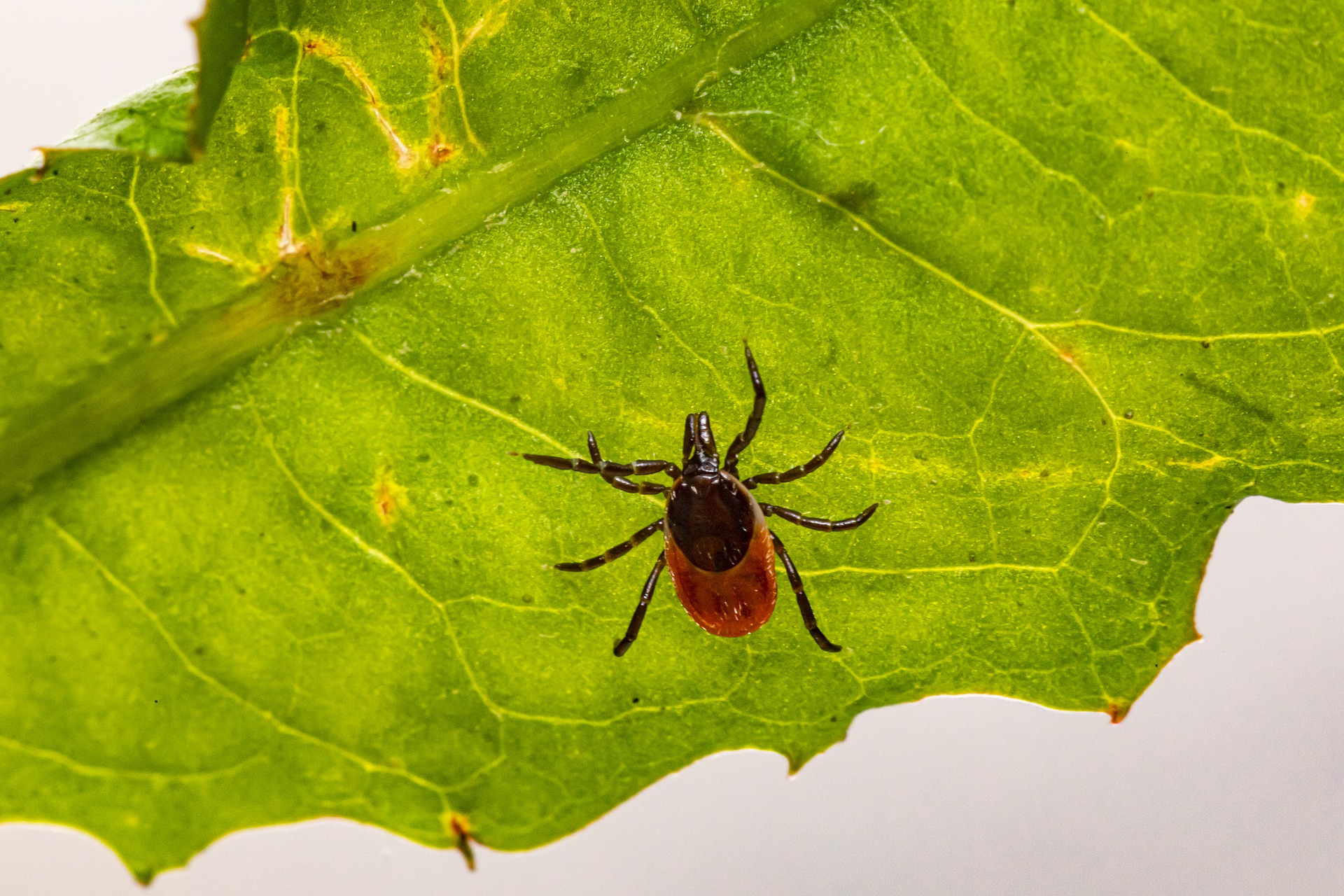
Ticks may be tiny, but they can cause big problems this time of year. In fact, Liesch has been seeing reports of ticks since early March.
“Any time it’s above freezing and snow is off the ground you can bump into ticks,” cautioned Liesch.
Liesch shared some ways to protect yourself from serious health concerns to both humans and pets, such as Lyme disease.
- Avoid areas where you know ticks are prevalent. “You might just choose to go elsewhere simply to reduce your exposure,” said Liesch. “That’s one very easy decision is to avoid those areas where you’ve encountered lots of ticks in the past.”
- Wear long-sleeved clothing. This provides a barrier between your skin and the ticks, especially on the lower half of the body. “Consider tucking your pant leg into your socks, so you have a complete barrier, which makes it harder for ticks to get to your skin and bite,” Liesch suggested.
- Repellents are effective. Liesch said there are a number of Environmental Protection Agency-registered repellents, like DEET, that have documented effectiveness in keeping ticks at bay. “There’s also some longer-lasting products which contain permethrin,” Liesch said. “And this is a compound that actually has insecticidal properties. It’s not the type of treatment you apply to your skin, but rather apply it to your clothing and hiking boots.”
- Do regular tick checks for the whole family, including pets. It’s important to remove ticks before they have a chance to transmit disease. “For a deer tick to transmit Lyme disease they actually have to be attached for a significant period of time, about 36 to 48 hours,” explained Liesch.
The best method to remove a tick is with a tweezers at the base of the tick’s mouth, using a slow and steady pull.
Liesch also announced a new tick app you can download to learn more about tick prevention and research in Wisconsin.
How Bad Will Mosquitoes Be This Year?
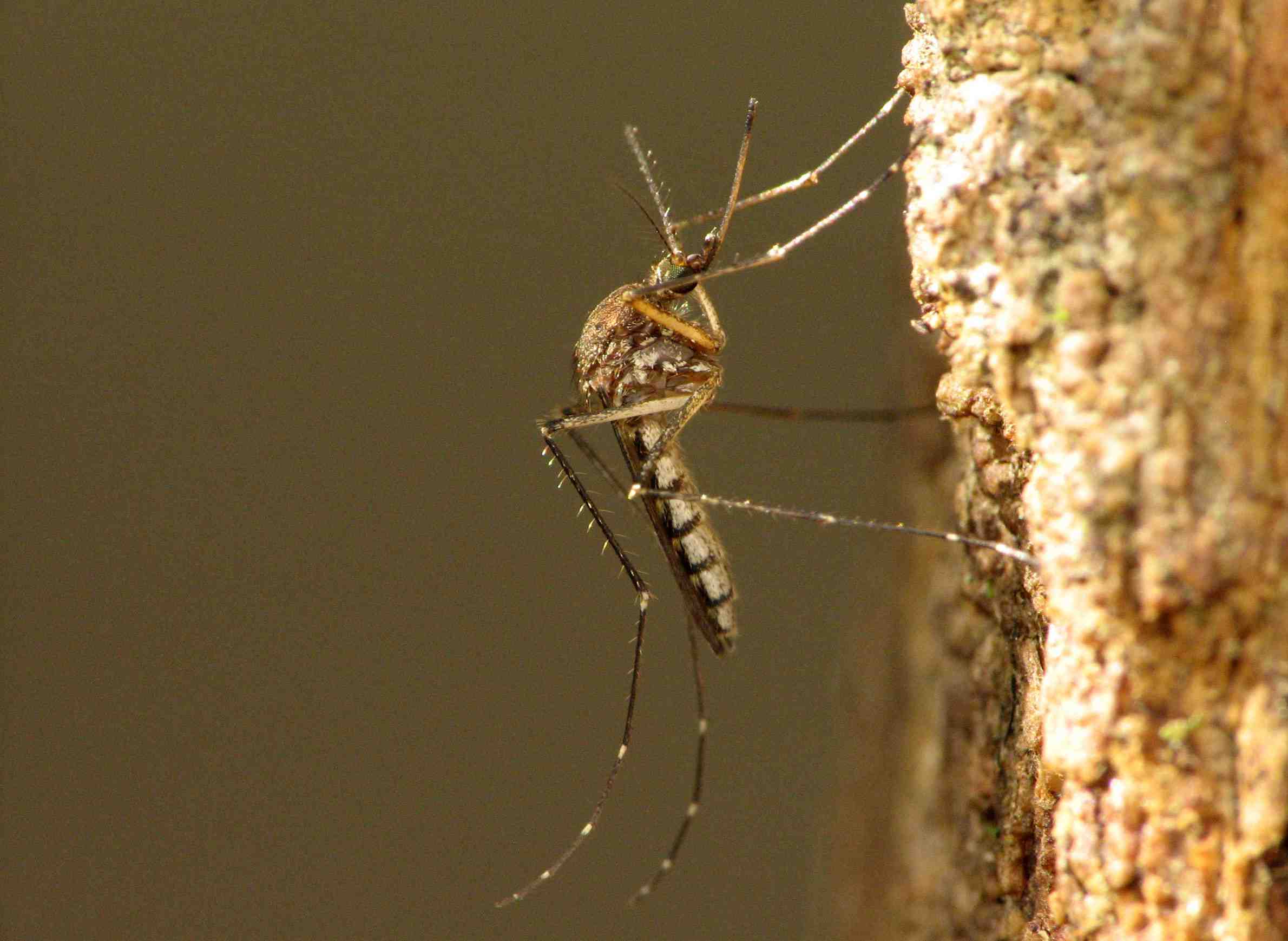
There’s been some rain and higher temperatures recently in parts of Wisconsin. So what does that mean for mosquitoes?
“That’s the million dollar question,” said Liesch. “Statewide it’s been a little drier than typical, which can limit mosquito population.”
We have close to 60 different species of mosquitoes here in the state, and they each have their own unique biology and life cycle. Some even overwinter as adults. But the activity reports for those early-season mosquitoes have been low, Liesch said.
“So far it’s been relatively quiet. In a typical year, the first big batch of mosquitoes comes around Memorial Day weekend, give or take a week or so. So we’re right at that point of the year when we might start seeing more,” said Liesch.
He said he’s a little concerned, especially in southern Wisconsin, with the recent rain and water puddling up in the woods combined with higher temperatures forecasted. These conditions are good for laying eggs and could lead to higher mosquito numbers in a couple of weeks.
Aren’t Insects On The Decline?
Despite it being peak season for many bugs, there’s a lot of talk about insect populations declining. Liesch said we have a lot more questions than answers at this point.
“There have been rumblings about insect declines for years and years,” he said. “Some of it is just general observation. But just in the last five years or so there’s been a building body of evidence and documentation of insects declining across the board.”
This is concerning because of the ecosystem services they provide, like pollination and decomposing organic materials.
Liesch explained there are a lot of interacting factors, one being land-use changes.
“The landscape in Wisconsin and elsewhere in the U.S. around the world has changed dramatically in the last 200 years,” Liesch said. “We have shifted toward intensive agriculture, where we have miles and miles of corn or soybean and relatively low-diversity systems.”
Farming practices also play a role, like insecticide and pesticide use.
“Some of that might not be directly harming the insects, but if they’re taking out plants that are a food source that might have an impact as well,” suggested Liesch.
Liesch said we don’t know the full extent of what’s going on at this point, and while there are pockets of research in places like the United States and Europe, more global research is needed.
“It is very alarming — because of the overall importance of insects — to see this building body of evidence for these declines that are happening out in the environment,” Liesch said.
Wisconsin Public Radio, © Copyright 2025, Board of Regents of the University of Wisconsin System and Wisconsin Educational Communications Board.

